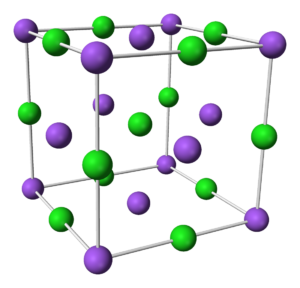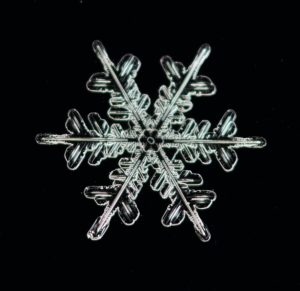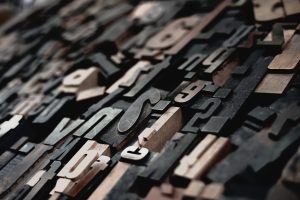Time Crystals: An Eternity in Motion
Fields covered: Condensed Matter Physics, Crystals, Physics
Related Articles:
§ Eternal Change for No Energy: A Time Crystal Finally Made Real
Time crystals – sounds like something out of a science-fiction flick. They represent a novel state of matter that is unlike any other we have discovered so far. But what exactly are they?
Let’s begin with normal crystals. Normal crystals are defined by having repeated patterns within their structure. A few examples of crystals are table salt (known for its cubical lattice), and snowflakes (which have a very distinct six-pointed structure).

Crystals exhibit a property known as spontaneous symmetry breaking, which occurs when the lowest energy state is less symmetrical than expected. An example of a highly symmetrical system would be water. No matter how you turn or shift a giant pool of water, it still looks the same on the microscopic level – disorder and randomness everywhere. On the other hand, when you have a giant cubical lattice like in table salt, there is breaking of translational symmetry. You must shift it by exactly two interparticle spacings in any direction for the system to look the same. Similarly for the snowflake, it exhibits breaking of rotational symmetry. You must turn the snowflake by exactly 60° for it to look the same as its original state.

Common table salt is made out of Sodium and Chlorine ions arranged in a cubical lattice structure. Because of the alternating pattern of Sodium and Chlorine, we have to translate the entire set-up by two interparticle spaces in order to return to the original state e.g., a Sodium ion is located at the same position again

Note its six-point rotational symmetry. We have to rotate the snowflake by 60° in order for the snowflake to look identical to its original state
How does this apply to time crystals? In normal matter, when everything has settled down to its equilibrium state, it stays that way. After all, that is what equilibrium means – there is no movement, no change. However, time crystals exhibit a breaking of translational symmetry in time – there are periodic patterns that appear as time passes. To our eyes, this would appear as a system that has reached equilibrium, yet still morphs and changes periodically as time passes.
This seems absurd. The first rule of physics our teachers tell us – there is no perpetual motion machine. But this is what time crystals seem to hint at: a state of matter that can evolve and change without dissipation of external sources of energy.
Until recently, no organisation or individuals has successfully created a verifiable time crystal. However, Google’s Sycamore quantum computer, made of aligned and misaligned quantum states, have successfully been used to create a time crystal. This was quickly followed up by a team at the Delft University of Technology, that used carbon atoms in a diamond to create their own time crystal.
Einstein’s theory of relativity teaches us that space and time are two sides of the same coin. But clearly, something about time is different from the other spatial dimensions. Why are we forbidden from travelling as we choose through time?
Time crystals hold the potential to teach us more about the nature of time itself, and what makes it special and distinct from the other dimensions.




